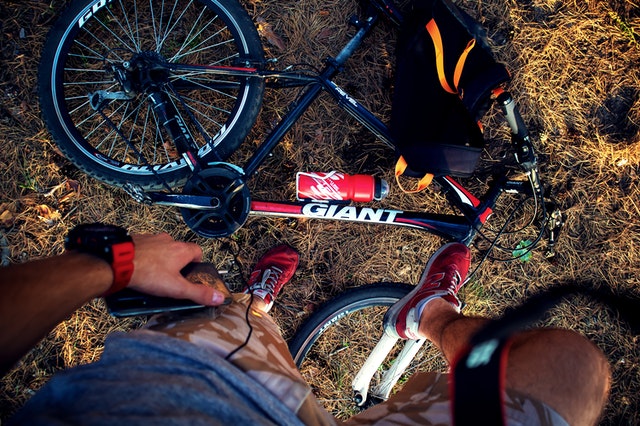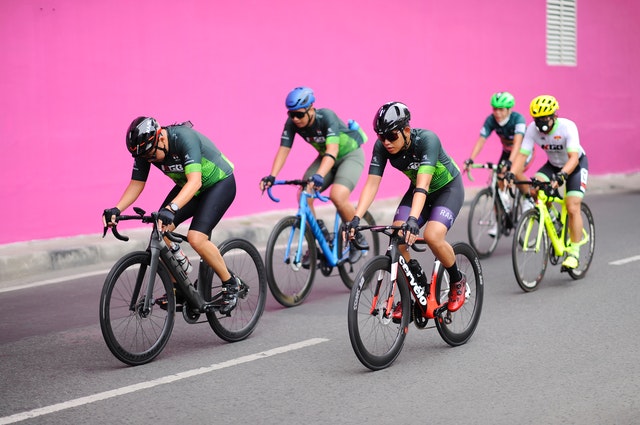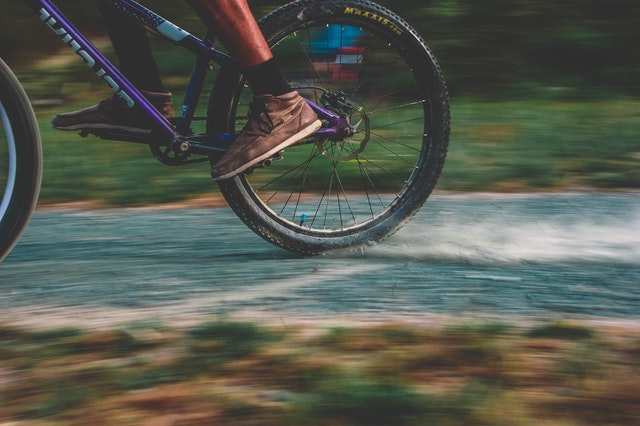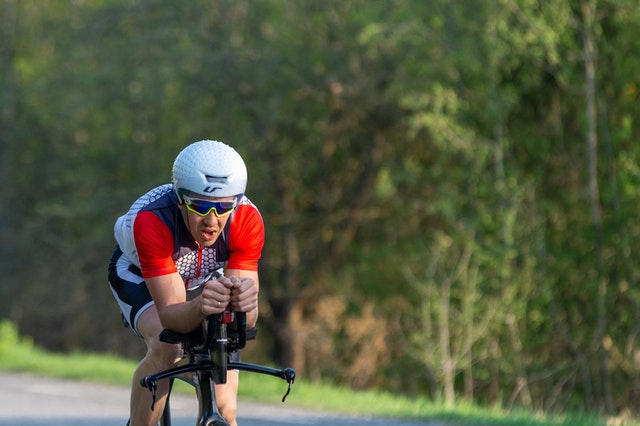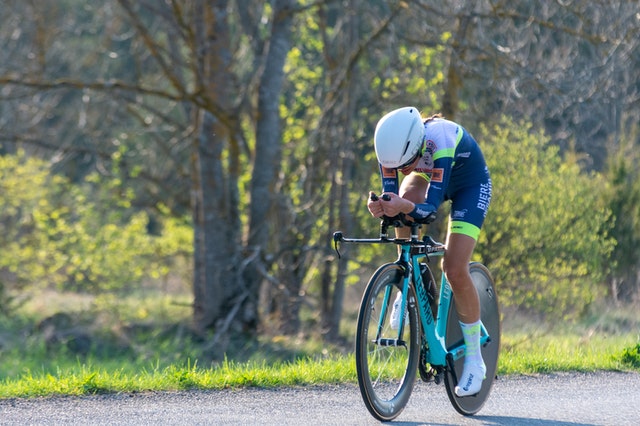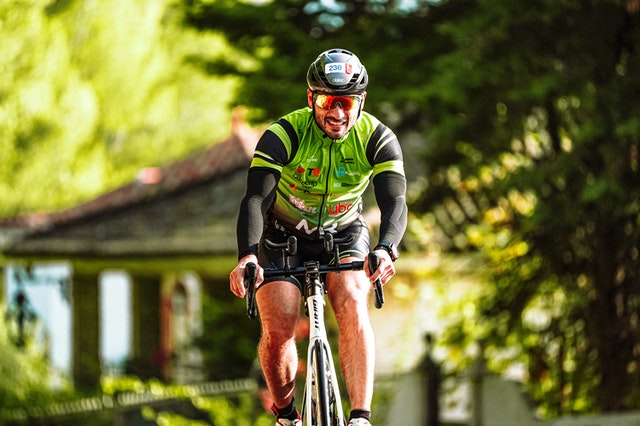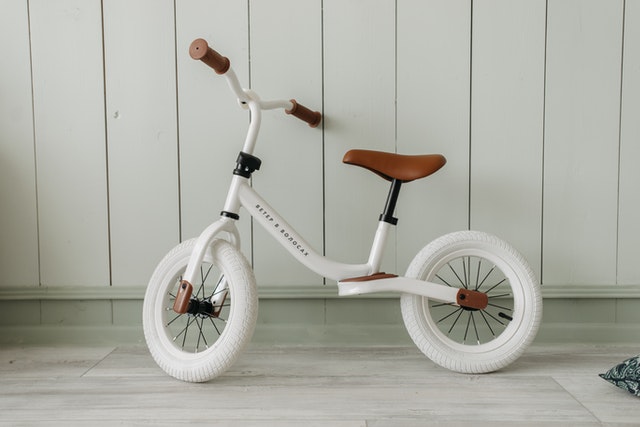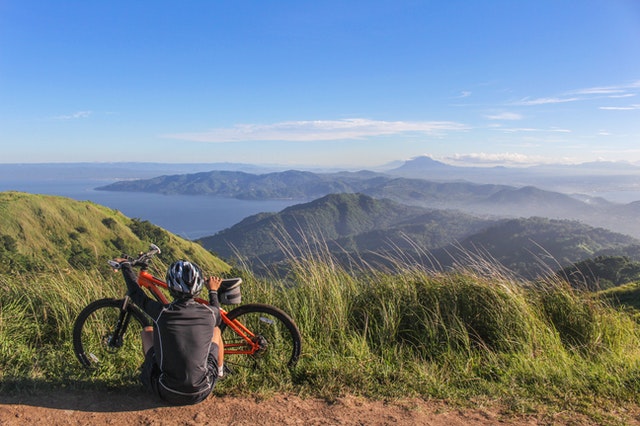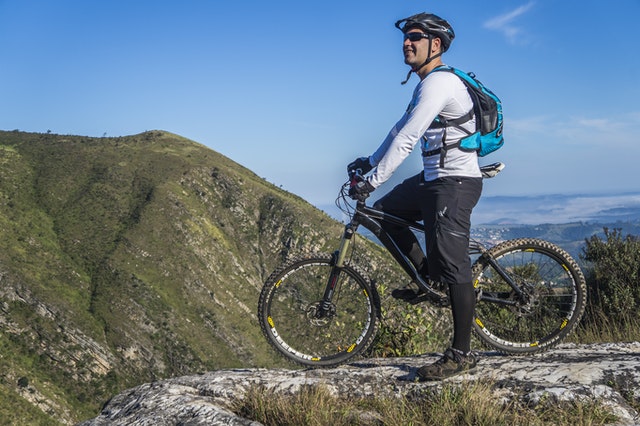Get a Leg Up On Bike Racing
Don’t let those other guys beat you in the race. Start your bike racing training in the winter and see how much better you do this year.
All summer long you train and work your butt off six days a week so you can win at the big race or so you can win as many races as possible. You got out there in the spring and trained almost every day. You went on long bike rides, did a lot of hills and tried to be faster than all your cycling friends. Then the day of the big race comes and you discover that it just wasn’t good enough.
Sure racing season starts in the spring, however, if you began your training by sitting around the home all winter, your competitor already has the upper hand. I’m not saying that you need to work hard all year – you’d burn yourself out if you did – but you still need to keep in shape.
Get out on your bike at least once a week if possible, twice is better. I know a lot of us don’t want to go out cycling when it’s cold. For those days get on your trainer at home. Try to complete at least one hour every session.
Weight training can be a benefit to a cyclist if it is done the right way, perhaps two or three times per week. Find a personal trainer or coach that knows how to train a cyclist in the gym. Do it right and your speed will increase, do it wrong and you will suffer.
While I’m on the topic of weight training, train your upper body too, not just your legs. Your upper body will help you steer your bike around corners easier and push your bike forward so you can go faster. Personality-wise, it will make you look better. You don’t want to have large legs and a small chest with scrawny arms. Make yourself look more even.
Be careful when you are weight training that you don’t put on too much weight. You struggle to make sure your bike and equipment are as light as can be, don’t add extra weight by making yourself weigh more. Also, don’t forget to stretch. As you build muscle your muscles become tight and you become less flexible. This can cause you to pull muscles and tendons during a race. Stretching is an essential component of a well-rounded exercise.
Make sure your personal trainer or coach understands what you want before starting your training. You may only need to hire someone for a few months over the winter, Both to instruct you on the necessary tasks and to keep you motivated. Having someone else watching over your training means you are likely to go more often.
Summarize : Why Winter Training?
If you’ve been sitting around the home all winter, your competitor already has the upper hand. I’m not saying that you need to work hard all year – you’d burn yourself out if you did – but you still need to keep in shape. Start bike racing training in the winter and see how much better you do this year. Find a personal trainer or coach that knows how to train a cyclist in the gym. Weight training can be a benefit to a cyclist if it is done the right way, perhaps two or three times per week. Make sure your bike and equipment are as light as can be, don’t add extra weight.
